I have updated views in my app to support dark mode by adding
if #available(iOS 12.0, *) {
if self.traitCollection.userInterfaceStyle == .dark {
//Adapt to dark Bg
} else {
//Adapt to light Bg
}
}
Then, to allow for the case where the user backgrounds the app and returns to it after switching mode, I attach an observer in my viewDidLoad
if #available(iOS 12.0, *) {
NotificationCenter.default.addObserver(self, selector: #selector(willEnterForeground), name: UIApplication.willEnterForegroundNotification, object: nil)
} else {
// Fallback on earlier versions
}
which triggers the function
@available(iOS 12.0, *)
@objc func willEnterForeground() {
if self.traitCollection.userInterfaceStyle == .dark {
print("App moving to foreground - dark")
//Adapt to dark Bg
} else {
print("App moving to foreground - light")
//Adapt to light Bg
}
}
However, self.traitCollection.userInterfaceStyle still gives the old value so a full reload of the view is required to produce the desired update to the interface.
Using UIApplication.didBecomeActiveNotification instead makes no difference.


